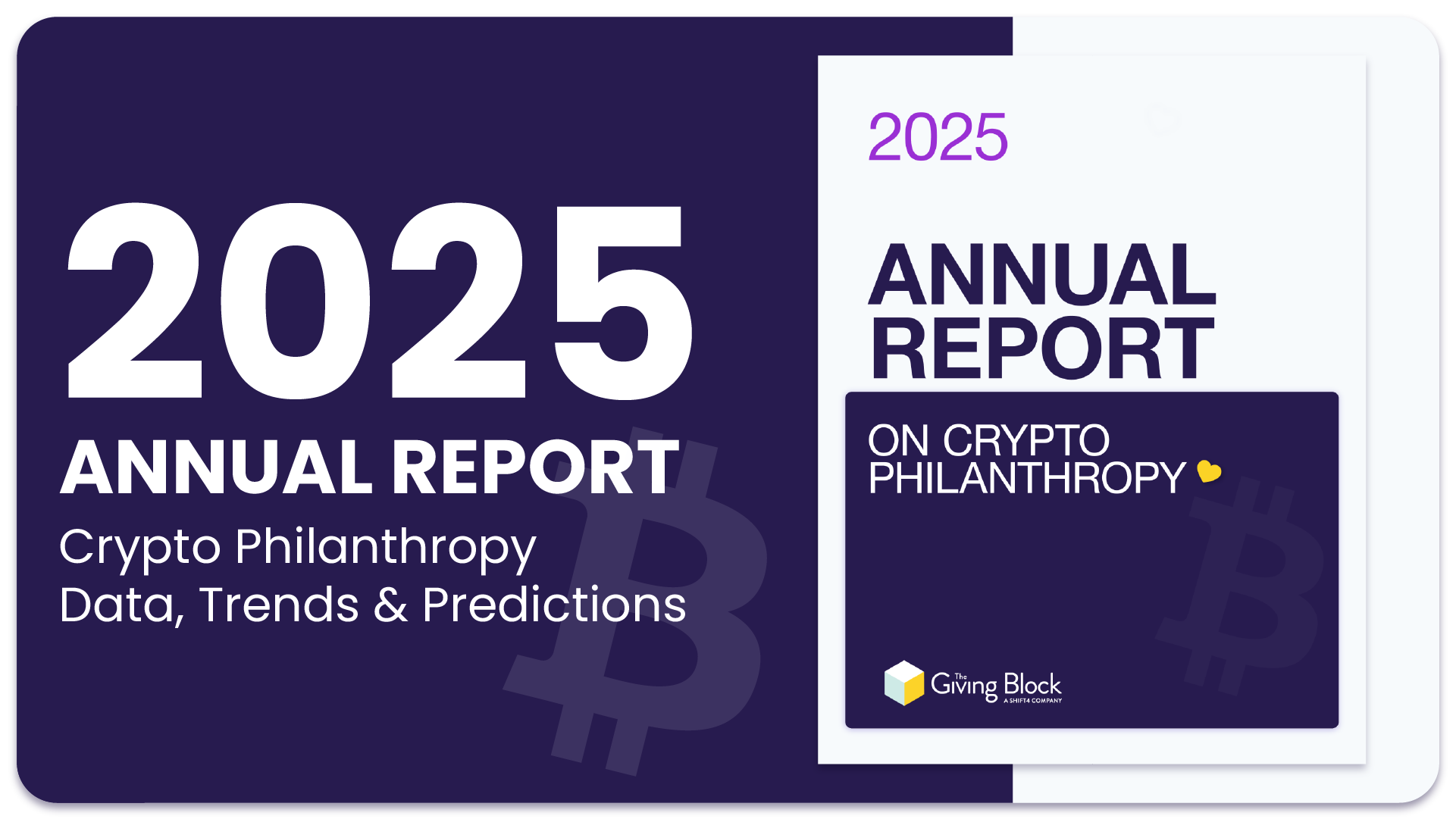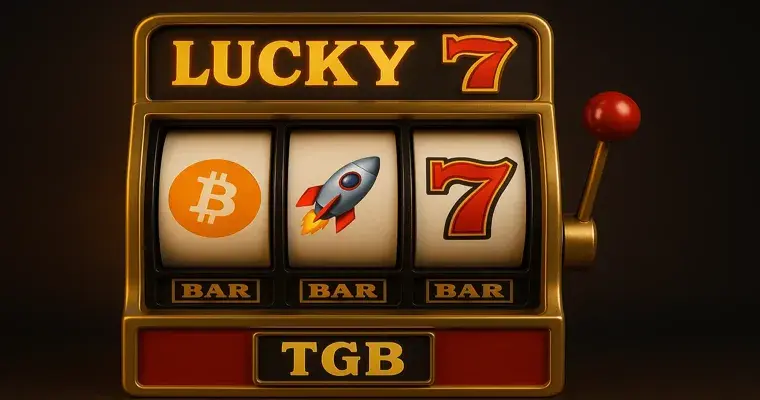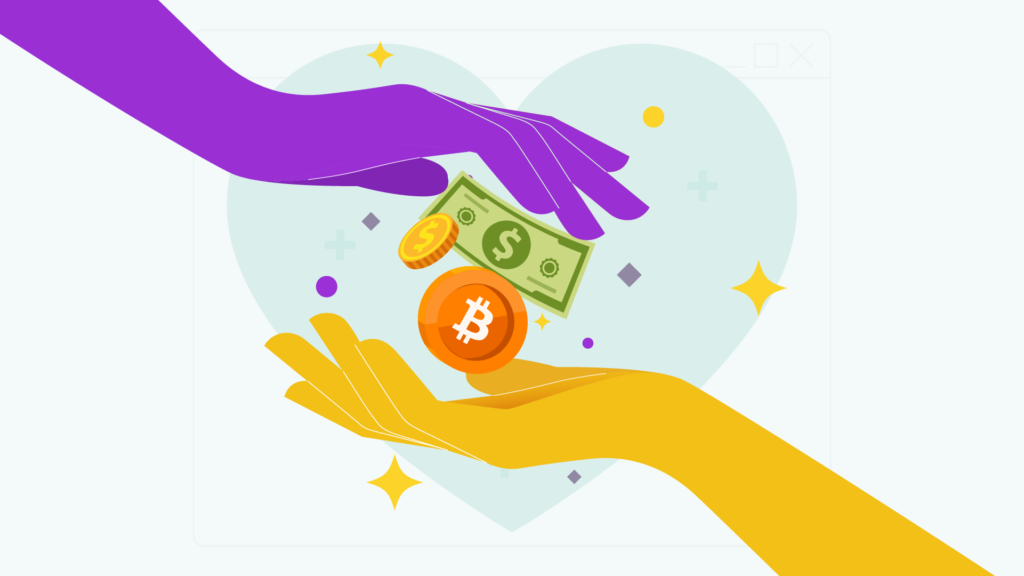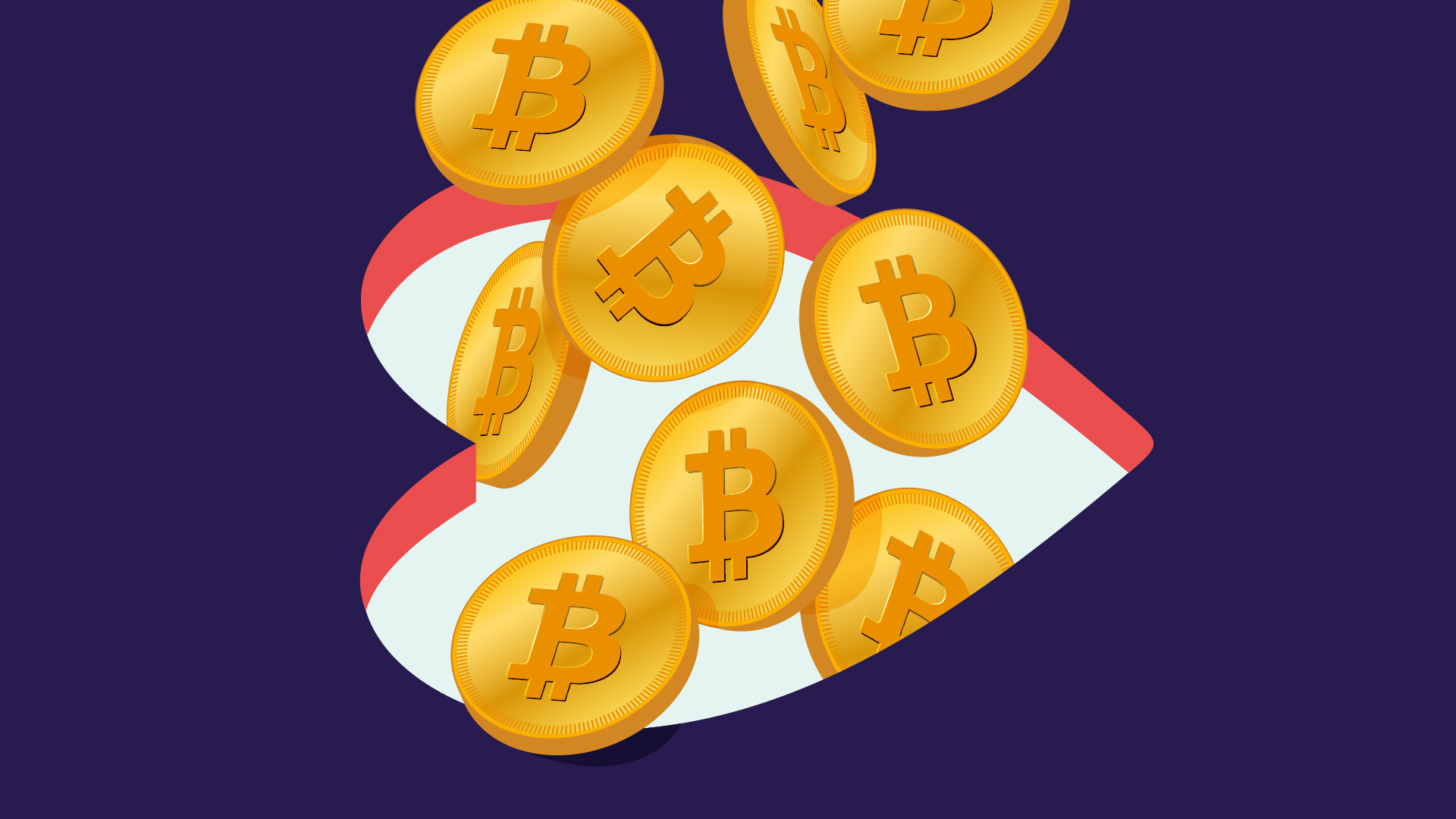Donor-Advised Funds (DAFs) are one of the fastest-growing channels in philanthropy. Contributions now total tens of billions of dollars annually, and assets held in DAF accounts have surpassed a quarter trillion dollars. For donors and nonprofits alike, understanding how DAFs work — and how to optimize them — can unlock powerful new opportunities for giving.
What Is a Donor-Advised Fund?
A Donor-Advised Fund is a charitable giving account managed by a sponsoring organization (like Fidelity Charitable, Schwab Charitable, or a community foundation). Donors contribute to the DAF, take an immediate tax deduction, and then recommend grants to nonprofits over time.
How DAFs Work:
- Make a Contribution – Donate cash, stock, or even crypto to your DAF.
- Get a Tax Deduction – The full amount is tax-deductible in the year the contribution is made.
- Invest & Grow Funds – The DAF’s assets grow tax-free.
- Recommend Grants – You can recommend grants to any IRS-qualified nonprofit on your timeline.
Donor-Advised Funds: Pros and Cons
Why Donors Love DAFs:
- Tax Efficiency: Donate appreciated assets (like crypto or stock) and avoid capital gains taxes.
- Simplicity: One account to manage all your giving.
- Flexibility: Recommend grants anytime—immediately or over years.
- Privacy: Donors can choose to stay anonymous when recommending grants.
Things to Keep in Mind:
- Irrevocable Gifts: Once contributed, assets can’t be returned to the donor.
- Control Is Limited: The sponsoring org approves grants (but rarely declines).
- Account Fees: Some DAF providers charge administrative or investment fees.
- Payout Timing: No minimum annual distribution is required by law (unlike private foundations).
Donor-Advised Fund vs. Charitable Trust
Both options offer tax advantages, but they serve different purposes.
| Feature | Donor-Advised Fund (DAF) | Charitable Trust |
|---|---|---|
| Tax Deduction | Immediate | Varies by trust type |
| Grant Distributions | Donor recommends | Trustee controls |
| Flexibility | High | Moderate to complex |
| Control | Limited | Greater legal control |
| Administrative Cost | Low | High (setup and maintenance fees) |
| Ideal Use Case | Annual giving, appreciated assets | Estate planning, income-generating gifts |
How Nonprofits Can Spotlight DAFs in Appeals
Despite their popularity, DAFs are still underrepresented in nonprofit marketing. Here’s how to change that:
1. Add DAF Mentions to Appeals
Simple language works:
“Support us through your Donor-Advised Fund by recommending a grant to [Your Nonprofit Name].”
2. Include a DAF Giving Widget
Use tools like The Giving Block’s DAF widget to make giving from a DAF as easy as a couple of clicks.
3. Build a Dedicated DAF Giving Page
Educate your supporters with FAQs, step-by-step instructions, and a reminder of your EIN.
4. Share DAF Donor Testimonials
Featuring donors who use their DAFs creates social proof and normalizes this giving method.
5. Use Clear, Familiar Terms
Avoid jargon—say “Donor-Advised Fund” or “DAF,” and use active phrases like “recommend a grant.”
Crypto + DAFs: A Powerful Giving Strategy
The 2025 Annual Report on Crypto Philanthropy highlights how crypto donors are increasingly using DAFs to combine tax-smart giving with long-term planning. Many high-net-worth donors choose to donate appreciated crypto into their DAF, allowing them to support multiple charities from a single, strategic account.
Younger donors—especially Millennials and Gen Z—are already engaging with crypto philanthropy. Nonprofits that accept both crypto and DAF gifts can meet these donors where they are.
Final Thoughts
Donor-Advised Funds aren’t just a financial tool—they’re a gateway to more impactful, flexible, and strategic giving. For donors, they provide simplicity and tax advantages. For nonprofits, they represent a growing pool of committed donors who may be waiting for the right opportunity—or the right appeal—to make their next grant.
Ready to learn more? Schedule a conversation with our team to see why our all-in-one DAF and non-cash fundraising donation platform is a must-have in today’s fundraising landscape.



















